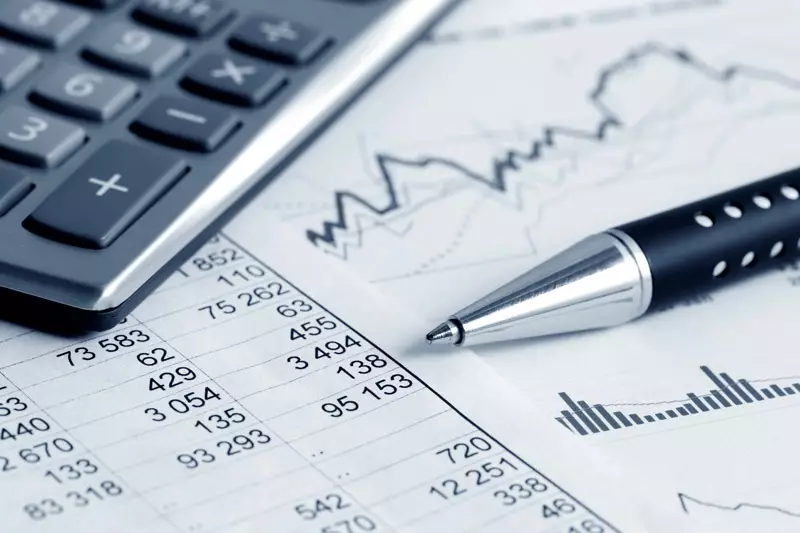In recent times, the U.S. dollar has experienced a notable upswing against various major currencies, reaching a four-month high. This surge can be attributed to multiple factors, including a growing sentiment among investors favoring positions expected to benefit from a Republican administration led by Donald Trump. As speculation regarding substantial tariffs and bold monetary policies made headlines, the market has reacted accordingly, pushing the dollar’s value upward against its peers, particularly the euro and the Chinese yuan.
As of Tuesday, the U.S. dollar index—a measure of the dollar’s value against a basket of currencies—climbed by 0.38%, registering at 105.83. This increase indicates a robust investor confidence in the U.S. economic outlook following the influx of reports suggesting key appointments in Trump’s cabinet that are relatively hawkish toward China. The perceived hardline stances of individuals like Senator Marco Rubio, reported to be a potential Secretary of State, further bolster the dollar’s appeal as a safe haven amidst geopolitical uncertainties.
Alongside this currency dynamic, Bitcoin has been on a record-setting trajectory, pushing to a staggering all-time high of $89,982. The enthusiasm surrounding cryptocurrencies appears to be fueled by a growing belief that a Trump-led administration might usher in a more favorable regulatory environment for digital assets. Analysts predict that the forthcoming Securities and Exchange Commission (SEC) under Trump’s administration will adopt a pro-crypto stance, providing further support for this burgeoning market.
The hype surrounding Bitcoin reflects a shift in investor sentiment towards alternative assets that could potentially flourish in a supportive regulatory landscape. Gautam Chhugani, an analyst from Bernstein Research, elucidates this shift, characterizing the current landscape as a “regulatory tailwind zone.” As more investors pour funds into Bitcoin, the implications for both the cryptocurrency market and traditional financial systems are vast, prompting discussions on the future relevance of digital currencies.
Conversely, the euro has faced significant pressure, falling to a seven-month low as the dollar climbs. The currency traded at $1.0611, signaling investor concerns over ongoing political and economic instability within the Eurozone, particularly in Germany. With fresh elections on the horizon due to the recent collapse of Chancellor Olaf Scholz’s coalition government, uncertainties surrounding economic policies within the Euro bloc have compounded the euro’s struggles.
Similarly, the Chinese yuan has depreciated, closing at its lowest level in over three months against the dollar, settling at 7.2378 per dollar. Market observers attribute this decline to anxiety surrounding Trump’s potential tariffs, which are anticipated to target crucial economic sectors including tech and automotive industries in both Europe and China. The anticipated introduction of tariffs is unsettling for traders, leading to a reevaluation of the yuan’s stability as it becomes a critical focal point amidst rising political tensions.
Market Reactions and Future Projections
The offsetting reactions in various currencies highlight the interconnections between political actions, market perceptions, and economic forecasts. The market dynamics also suggest that U.S. equities and interest rates are likely to follow the dollar’s trajectory unless significant shifts in the political landscape occur. With Trump’s Republican Party set to maintain control of both Congressional houses, the likelihood of aggressive tax reforms and government cutting policies increases, which could have long-term implications for the global economy.
Interestingly, the Federal Reserve’s projected interest rate adjustments have also become a topic of discussion, with probability indicators showing a decreasing chance of a quarter-point rate cut in December. The ramifications of Trump’s policy proposals, coupled with the prevailing market dynamics, present a complex scenario where investors must navigate potential inflationary pressures alongside fluctuating currency values.
Ultimately, the landscape of global finance remains precarious, dictated by political maneuverings and the resultant economic ripples. As the market awaits more definitive direction from the incoming administration, investors will likely continue to respond with caution, taking into account the multifaceted challenges that lie ahead. The interplay of these elements will shape not only the immediate concerns of traders and economists but also the longer-term implications for international economic relations and currency stability.


Leave a Reply